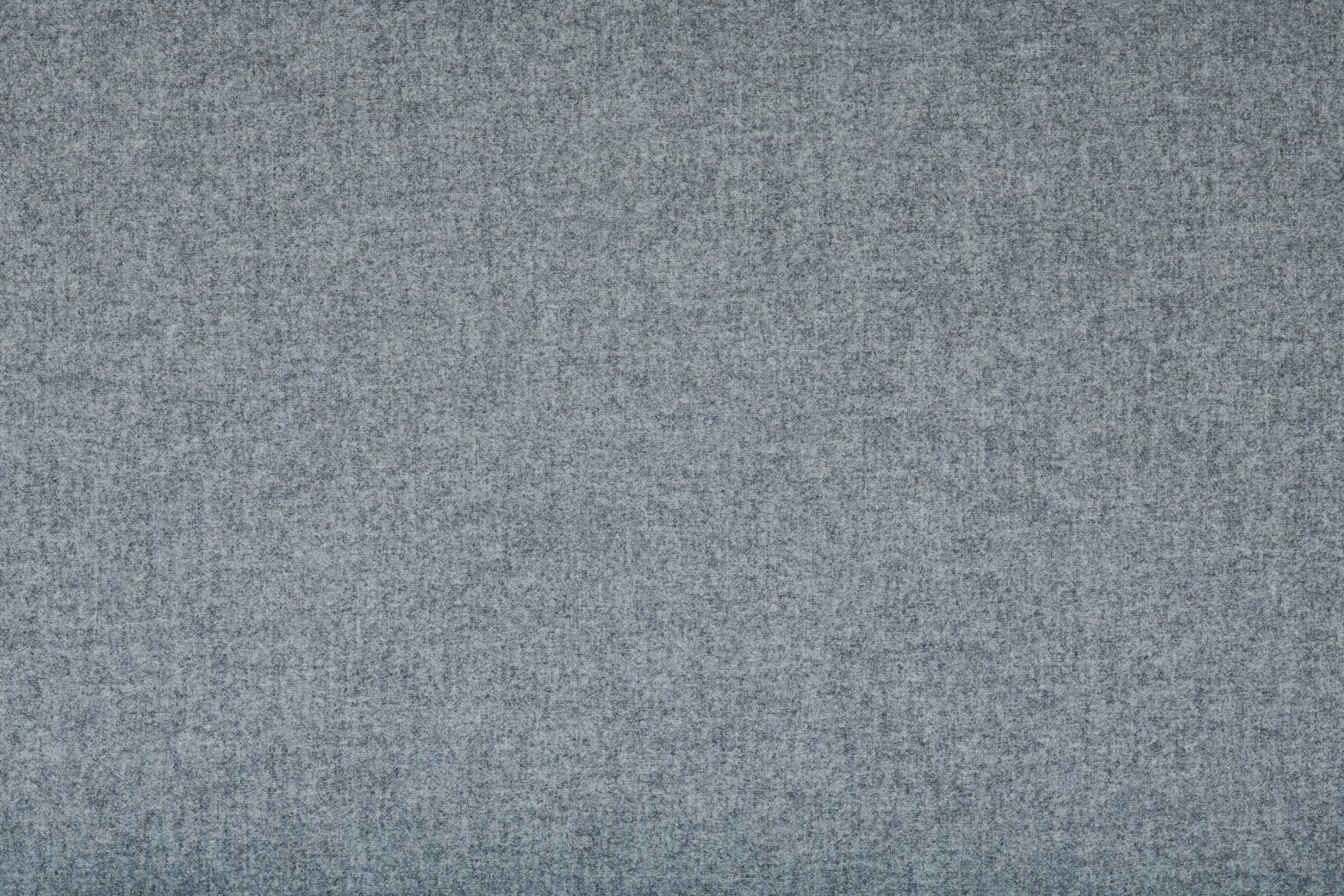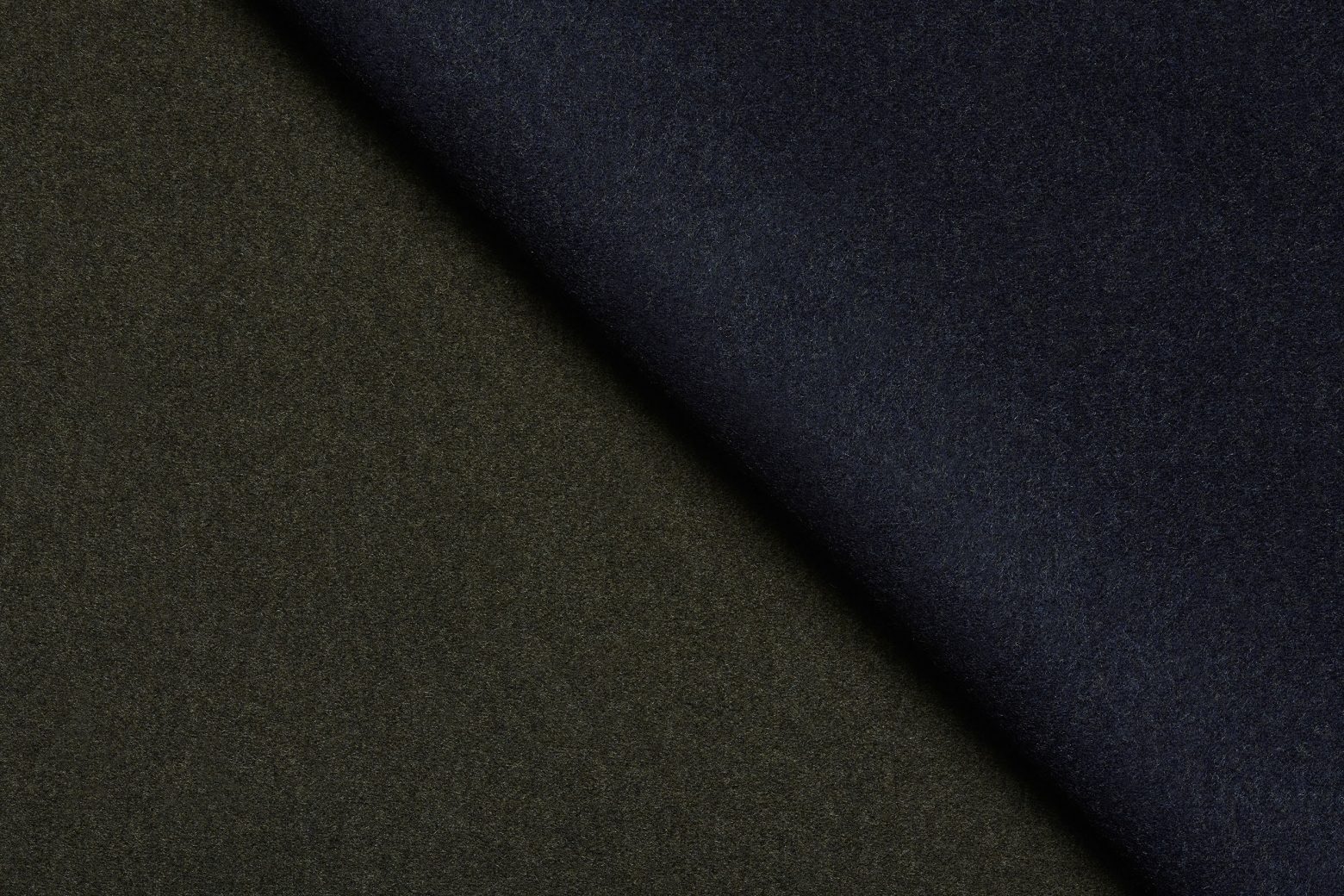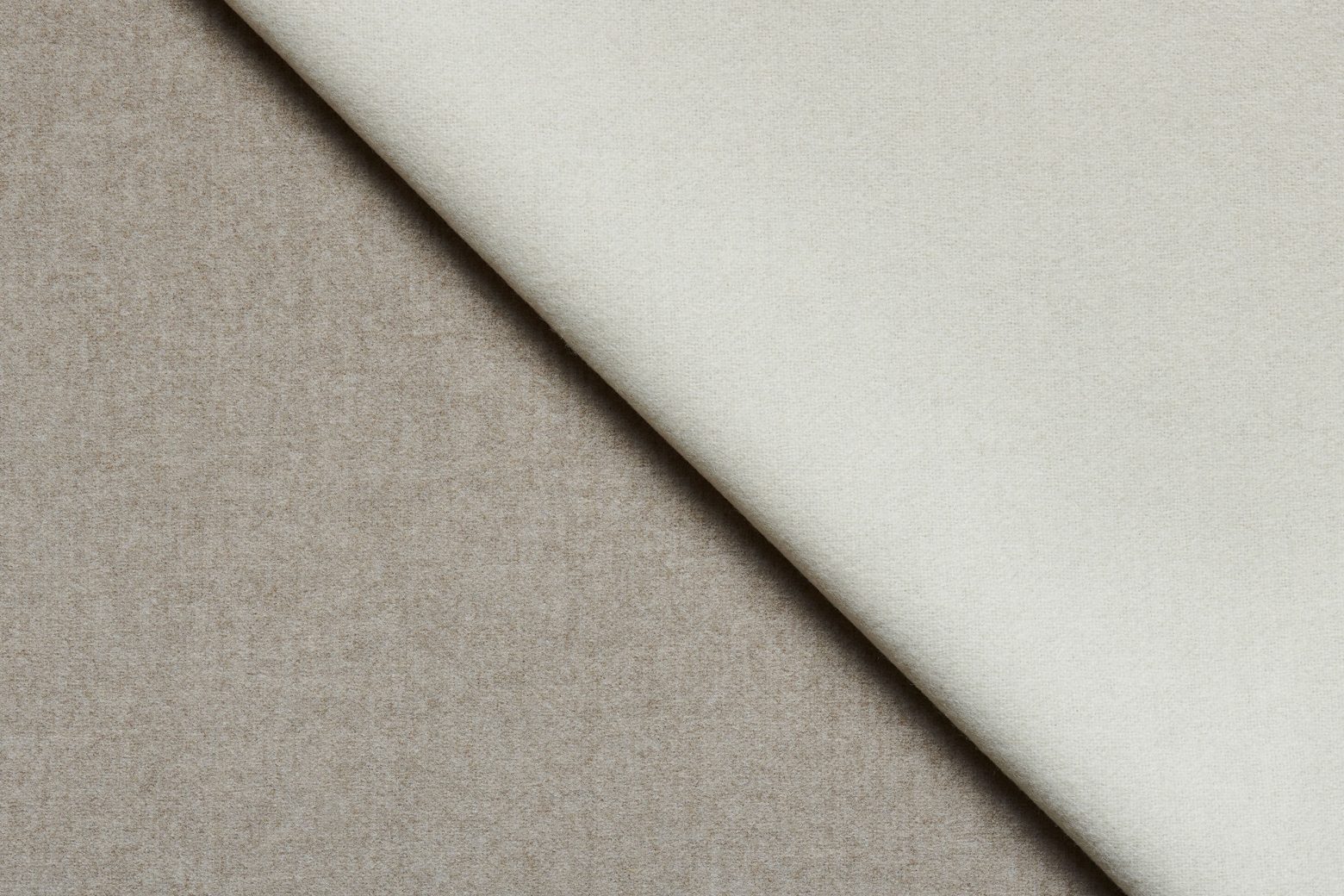Additional information
Merino wool is one of the most effective acoustic building materials. It has long been used in passenger aircrafts, cinemas and offices because of its acoustic properties. Especially our voluminous woolen interior fabrics with their felted surface enable sound waves to penetrate into the fabric and become dissipated. Wool thus helps eliminate unwanted sounds and focus on desired ones.
A further quality feature of Merino wool is its ability to absorb, store and release humidity in the atmosphere depending on the internal and external environment. Achieving optimal moisture conditions within a room is a key factor of comfort and wellbeing.
Wool acts as a buffer with respect to moisture absorption and thus helps maintain consistent humidity levels indoors. Merino wool can absorb up to one third of its own dry weight without feeling damp or clammy.
Merino wool is naturally flame resistant due to its high water content and chemical structure. It is less likely to burn (with a very high ignition temperature of 600°C) and produces less noxious fumes and toxic gases than most synthetic textiles or cotton, which makes it a much safer choice for interiors. When wool burns it neither drips nor melts so it cannot stick to the skin like most artificially manufactured fibres, sparing burn victims from severe injuries.
With a Limiting Oxygen Index (LOI) of 25, wool has the highest LOI among the commonly used textiles. This indicator is used for ranking the flammability of materials by measuring the amount of oxygen needed to sustain combustion. The higher the value, the less flammable the material.
Merino wool is one of the most effective acoustic building materials. It has long been used in passenger aircrafts, cinemas and offices because of its acoustic properties. Especially our voluminous woolen interior fabrics with their felted surface enable sound waves to penetrate into the fabric and become dissipated. Wool thus helps eliminate unwanted sounds and focus on desired ones.
A further quality feature of Merino wool is its ability to absorb, store and release humidity in the atmosphere depending on the internal and external environment. Achieving optimal moisture conditions within a room is a key factor of comfort and wellbeing.
Wool acts as a buffer with respect to moisture absorption and thus helps maintain consistent humidity levels indoors. Merino wool can absorb up to one third of its own dry weight without feeling damp or clammy.
Merino wool is naturally flame resistant due to its high water content and chemical structure. It is less likely to burn (with a very high ignition temperature of 600°C) and produces less noxious fumes and toxic gases than most synthetic textiles or cotton, which makes it a much safer choice for interiors. When wool burns it neither drips nor melts so it cannot stick to the skin like most artificially manufactured fibres, sparing burn victims from severe injuries.
With a Limiting Oxygen Index (LOI) of 25, wool has the highest LOI among the commonly used textiles. This indicator is used for ranking the flammability of materials by measuring the amount of oxygen needed to sustain combustion. The higher the value, the less flammable the material.














Leichtfried mainly uses extra fine Australian Merino wool to ensure they maintain their oustanding quality and durability.
Founded in 1884 the Leichtfried woollen mill is specialized in the production of high-quality woollen cloth and Loden fabrics.
The entire production process is in our hands. This ensures that every metre of loden leaving our production represents highest quality.
Leichtfried mainly uses extra fine Australian Merino wool to ensure they maintain their oustanding quality and durability.
Founded in 1884 the Leichtfried woollen mill is specialized in the production of high-quality woollen cloth and Loden fabrics.
The entire production process is in our hands. This ensures that every metre of loden leaving our production represents highest quality.


















